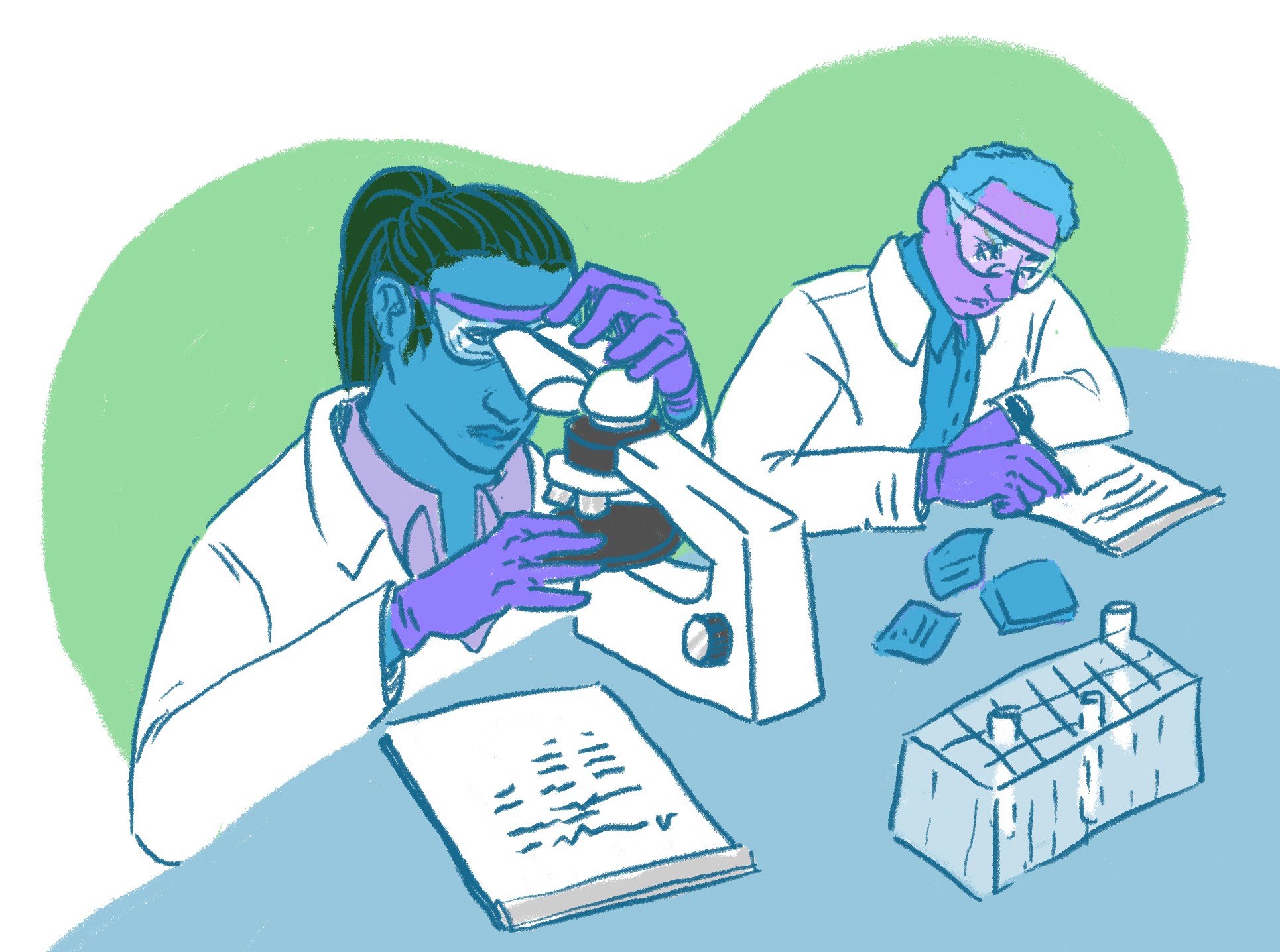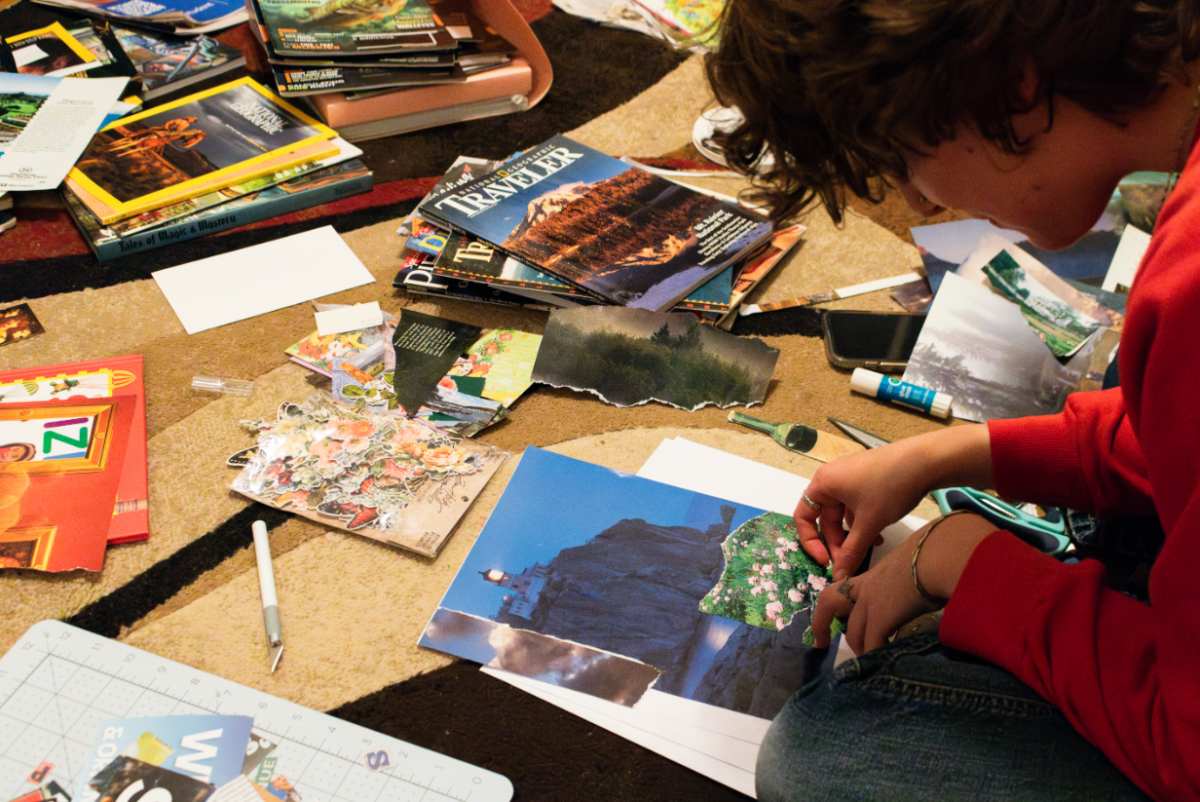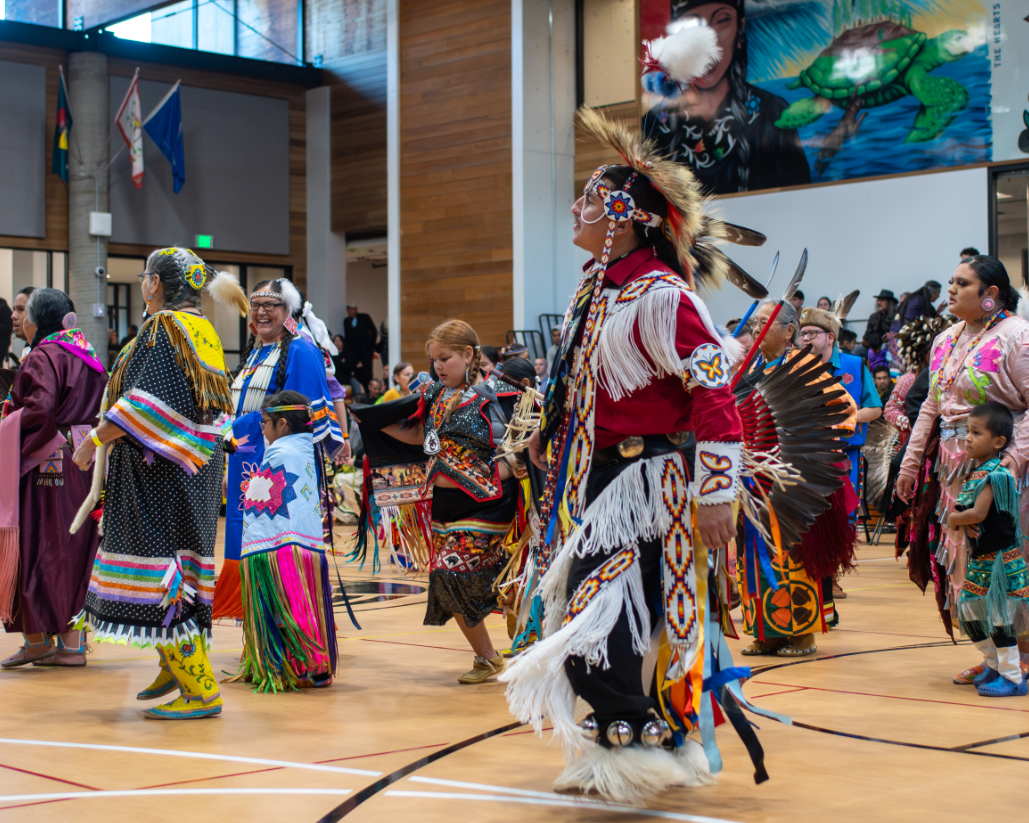Amid growing conversations about race in Minneapolis and beyond, University of Minnesota students are discussing how the University can address racism in STEM fields.
STEM fields include science, technology, engineering and mathematics. Students said they want to see more Black, Indigenous and people of color across these departments, more action from the University to tackle racism and more inclusivity in learning material. Some faculty and departments are taking steps to address these issues.
Of the nearly 50,000 students enrolled this spring, less than a quarter were students of color, according to the University of Minnesota Data Warehouse. This did not include international students, which account for nearly 12% of all students.
Students ask for change
“We, as Black students in STEM, are not given the opportunity or platform to speak out on stuff like this,” said Sylvester Nwosuji, a second-year biomedical engineering graduate student and an academic excellence chair for the National Society of Black Engineers at the University.
The experiences of Black and brown students need to be heard, he said, and the University has to provide a platform for them.
“You just have to, in a sense, invite all minds and ideas no matter what identity they come from,” Nwosuji said.

Within the College of Science and Engineering, there have been more discussions about racism in recent weeks, said Nia Allen, a second-year master’s student in the Department of Aerospace Engineering and Mechanics.
However, alongside those conversations, she said it is important to be respectful toward the Black community following George Floyd’s killing and other current events.
“Some people want to cry. Some people want to be mad. Some people want action,” Allen said.
Jabari Jones, a second-year Ph.D. student in CSE, said there are many structural issues in STEM fields, and all levels of the University could improve in terms of outreach and financial support.
“There’s a lot of energy coming from the undergrads as well as the grad students to push for those kinds of things, and so I think we will be taking that on in the coming months and years,” he said.
Representation in STEM
This past spring, 26% of all students in the College of Biological Sciences were students of color. In CSE, less than 18% were students of color. Neither of those percentages include international students, which accounted for nearly 6% of students in CBS and nearly 24% of students in CSE.
“If a student of color walks in the door, and they don’t see someone who looks like them, are they going to stay in the department?” Jones said.
Students said STEM courses tend to rely on Western ideas of science.
The content in earth sciences courses often has a theme of colonialism, Jones said, which also needs to incorporate environmental justice issues.
“If you want to practice diversity, practice it by making your program accessible and loving to Indigenous students and Black students, and I don’t see that happening,” said Gayatri Lakshmi Narayanan, a recent University graduate from CBS.
She said the CBS curriculum does not always include Indigenous cultural beliefs.
“In a way, that makes it sound like science is the be-all and end-all and no other way of knowing is comparable to science when that’s not at all true,” Narayanan said.
All levels of the University need to step up to prevent racism from happening, Allen said.
“If you don’t say that you stand for the students, students are not going to come, the students will not feel safe and that is an essential part of academia,” she said. “They say that the police or whoever fear the Black man, but essentially what most people fear are minorities who are educated and can clap back and can utilize their knowledge to change the world that we’re in.”
Allen said she’s ready for action that follows the dialogue.
“You’re saying you stand for something? Let’s talk action,” she said.
The University responds
On June 10, University lecturer Fred Rose was one of various University faculty members who participated in #ShutDownSTEM, a social media movement where many STEM professionals across the U.S. halted their research for the day in an effort to educate themselves on racism in STEM.
University President Joan Gabel and Vice President for Research Chris Cramer tweeted in support of the movement.
For Rose’s course “Survey of Current Issues in Science, Technology and Environmental Policy,” he said partially due to student interest, he intends on including course material that will discuss equity issues.
“I wanted to get some books that were much more explicitly about that issue,” Rose said. “… [I’m] trying to think about this more from an anti-racism standpoint.”
Charles Doss, an assistant professor in the School of Statistics, said the school joined the Math Alliance two years ago, which is a community of mentors in mathematical sciences that works to increase student and faculty diversity.
“If there was an easy solution, then we would do that. It’s a challenging problem. I think we’re just engaging in discussion with each other and discussion with other departments and other faculty, and with the community at large, to see what we can do,” he said.
Last year, CSE hired Dan Garrison as the assistant director of diversity and inclusion, a new position. He said he offers support on everything from recruitment and retention to engaging students in the CSE community.
“One of the things that we just need to understand, not just as a college but as a University and as a community, is this work needs to be done year-round,” he said, adding that students should be given a seat at the table.
Samantha Franco, the assistant director of the University’s Women in Science and Engineering program, said one of their focuses is on the intersectionality of multiple identities and supporting students of color.
“Part of that is creating a space where we’re able to listen and hear Black, Indigenous individuals and start having a conversation about race that we should have been doing,” she said.
Franco said that while STEM fields have historically been dominated by white men, that is shifting and more diversity in the classroom is needed to reflect the change.
“I think we just need to continue listening to students because they’re going to tell us what they want, they’re going to tell us what they need, and we need to be open to that,” she said.








